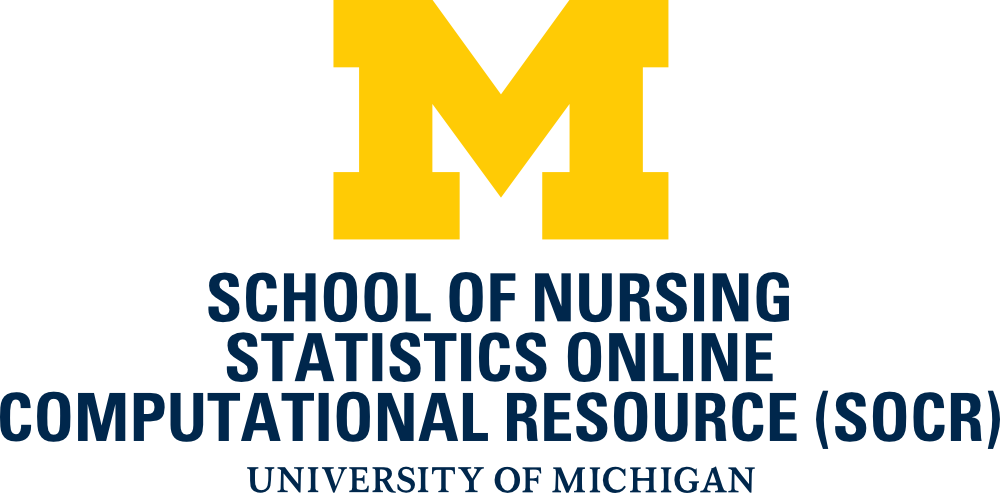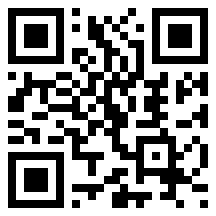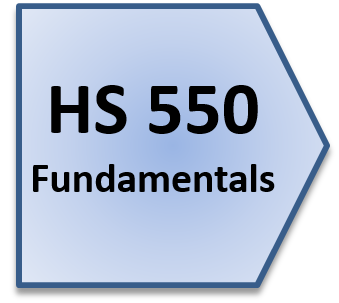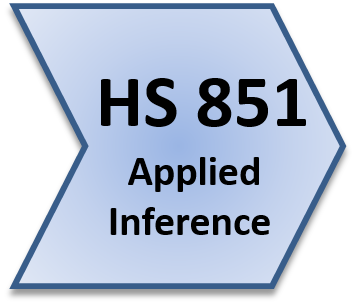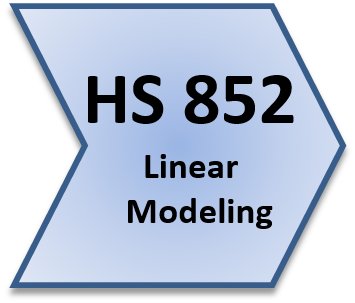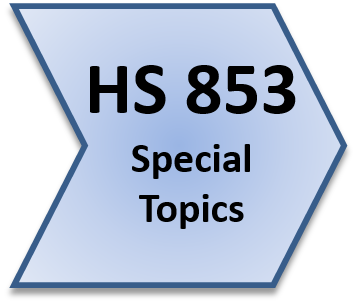Prerequisites
HS 550, or equivalent, instructor may review syllabi of previously
taken courses (past 5 years) and/or require a test to assess the
equivalence of the student background, as necessary.
Course Description
HS 851 introduces students to applied inference methods in studies
involving multiple variables. Specific methods that will be
discussed include linear regression, analysis of variance, and
different regression models. This course will emphasize the
scientific formulation, analytical modeling, computational tools
and applied statistical inference in diverse health-sciences
problems. Data interrogation, modeling approaches, rigorous
interpretation and inference will be emphasized throughout.
HS851 is a 4 credit hour course (3 lectures + 1 lab/discussion).
Objectives
Students will learn how to:
- Understand the commonly used statistical methods of
published scientific papers
- Conduct statistical calculations/analyses on available
data
- Use software tools to analyze specific case-studies data
- Communicate advanced statistical concepts/techniques
- Determine, explain and interpret assumptions and
limitations
Examples of Topics Covered
- Epidemiology
- Correlation/SLR
- (ρ and slope inference, 1-2 samples)
- ROC Curve
- ANOVA
- Non-parametric inference
- Cronbach's α
- Measurement Reliability/Validity
- Survival Analysis
- Decision theory
- CLT/LLNs – limiting results and misconceptions
- Association Tests
- Bayesian Inference
- PCA/ICA/Factor Analysis
- Point/Interval Estimation (CI) – MoM, MLE
- Instrument performance Evaluation
- Study/Research Critiques
- Common mistakes and misconceptions in using probability
and statistics, identifying potential assumption violations, and
avoiding them.
Teaching and Learning Methods
This is a 4-credit hour course using modern instructional techniques and web-services. Synchronous
web-streaming of lectures/labs and asynchronous virtual office
hour forums will be utilized. Assignments will be announced on
the web-site and will be electronically collected, graded and recorded.
A variety of teaching methods will be used including lecture,
Journal Club, discussion, small group work, and guest presentation.
Assignments and Evaluation Methods
- 40% Homework Projects
- 30% Midterm Exam
- 30% Final Paper
